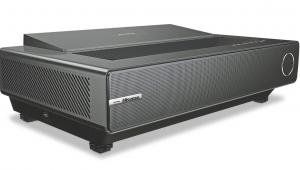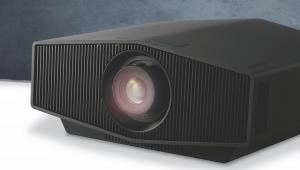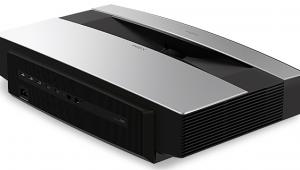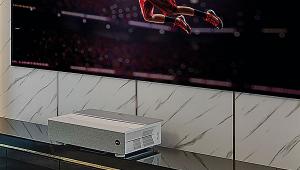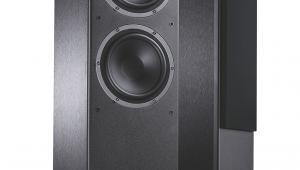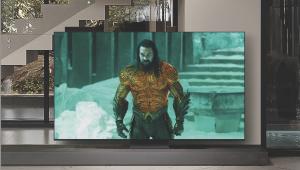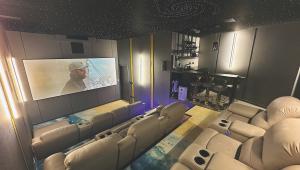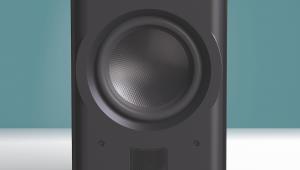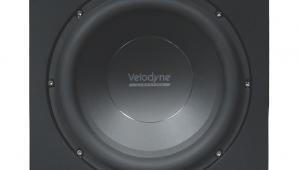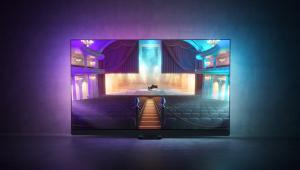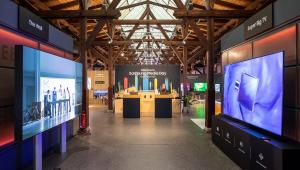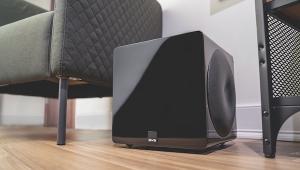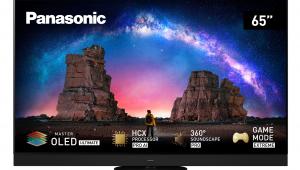Sony VPL-VW890ES Projector Review

 Sony's new high-end projector almost manages to persuade John Archer to part with £25,000
Sony's new high-end projector almost manages to persuade John Archer to part with £25,000
Thanks mainly to the 4K HDR experiences unlocked by its new X1 for Projector processing silicon, Sony has already wowed us with two of its current home cinema beamers, the mid-range VPL-VW590ES (see HCC #318) and step-up VPL-VW790ES (HCC #316). Can it complete the hat-trick with the high-end VPL-VW890ES? Or, put another way, is this £25,000 laser-powered behemoth really £12,000 'better' than the VW790ES?
I'll start answering this question by looking at what exactly sets it apart from its cheaper sibling, beginning with its lens.
The VW890ES totes Sony's ARC-F (All Range Crisp Focus) glass. This is designed to ensure that the full benefit of the projector's native 4K resolution arrives on your screen. To achieve this goal, the ARC-F lens uses 18 glass elements (including six 'extra low-dispersion' parts) across 15 groups. The claimed result is a consistent performance across the projector's full colour spectrum with no 'fringing' around high-contrast transitions.
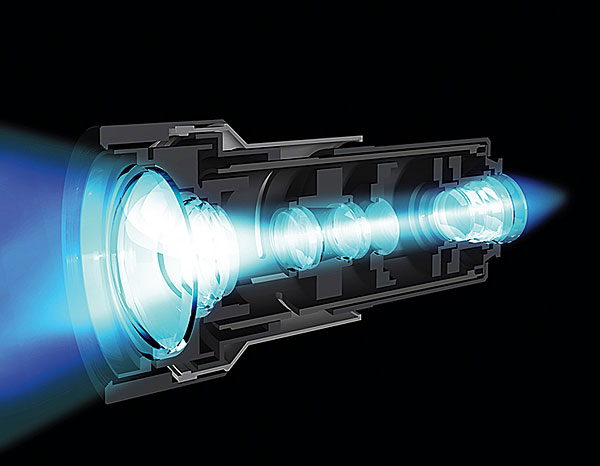
The lens system also combines a 'floating' group of elements at the front of the array that combine with a second, separate group dedicated to optimising focus. This is said to ensure the image looks consistently sharp from corner to corner, and can fully resolve the 4-nanometer pixels of Sony's native 4K SXRD projection 'chips'.
The Long And The Short Of It
The VW890ES also differs from the VW790ES in supporting an optional short-throw lens option – you can fit this if the throw ratio of the standard lens (1.35:1-2.90:1, via 2.2x zoom) doesn't suit your installation. Another specification difference is brightness. This VPL series flagship claims a maximum light output of 2,200 Lumens, compared to 2,000 lumens from the VW790ES.
This 10 per cent increase could go a long way when combined with Sony's Dynamic HDR Enhancer feature, which uses intelligent analysis of incoming HDR pictures to make the lightest parts of images appear brighter without damaging black levels in dark areas. It's an effect resembling the local dimming engine of an LCD TV, yet somehow Sony has implemented it while only having a single external laser light source, and proprietary 'Dual Contrast' technology, to work with.
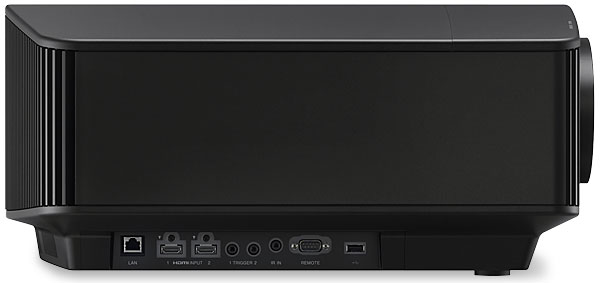
Dual Contrast simultaneously manipulates both the PJ's iris and the light output of its laser source to generate a more contrast-rich picture than you'd get if either of these controls was working in isolation.
Sony's Dynamic HDR Enhancer and Dual Contrast features are both also found on the VW790ES. As are Sony's 4K Motionflow processing for reducing blur and judder; the Super Resolution Reality Creation system for enhancing sharpness without exaggerating noise; and Sony's Digital Focus Optimiser technology for identifying and digitally correcting any potential lens-induced softness. In fact, many of these features come courtesy of Sony's X1 for Projector processing chip, which is actually found right across the brand's 2021 4K range.
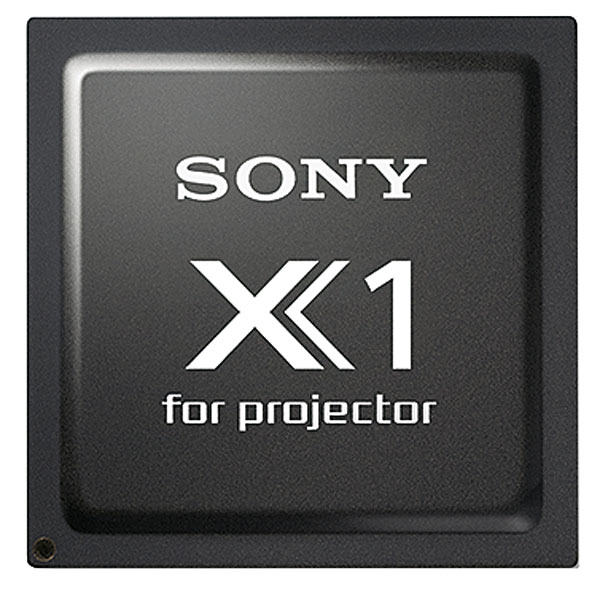
The projector has support for the HDR10 and HLG HDR formats, but not Dolby Vision or HDR10+. Connections are two HDMI inputs, Ethernet for service use, two 12V trigger ports, an IR input for attaching a system controller, plus RS232 and a 5V USB. The two HDMIs can handle 4K video up to 60Hz, but there's no 4K/120Hz playback. Cinephiles will be pleased to note that the VW890ES supports active 3D and carries a built-in emitter. But you'll have to source your own glasses, as none are provided.
Seriously Premium
Most of the time, this high-end Sony's pictures are sensational enough to establish it as a seriously premium model that offers a clear performance leap over the £12,000 VW790ES.
The biggest improvements come in the areas of brightness and sharpness. For example, while the skies during most of Sam Mendes' war epic 1917 on 4K BD are grey, they're still quite intense in HDR in the way overcast skies look in the real world. The VW890ES does excellent justice to this.
 |
Home Cinema Choice #351 is on sale now, featuring: Samsung S95D flagship OLED TV; Ascendo loudspeakers; Pioneer VSA-LX805 AV receiver; UST projector roundup; 2024’s summer movies; Conan 4K; and more
|

